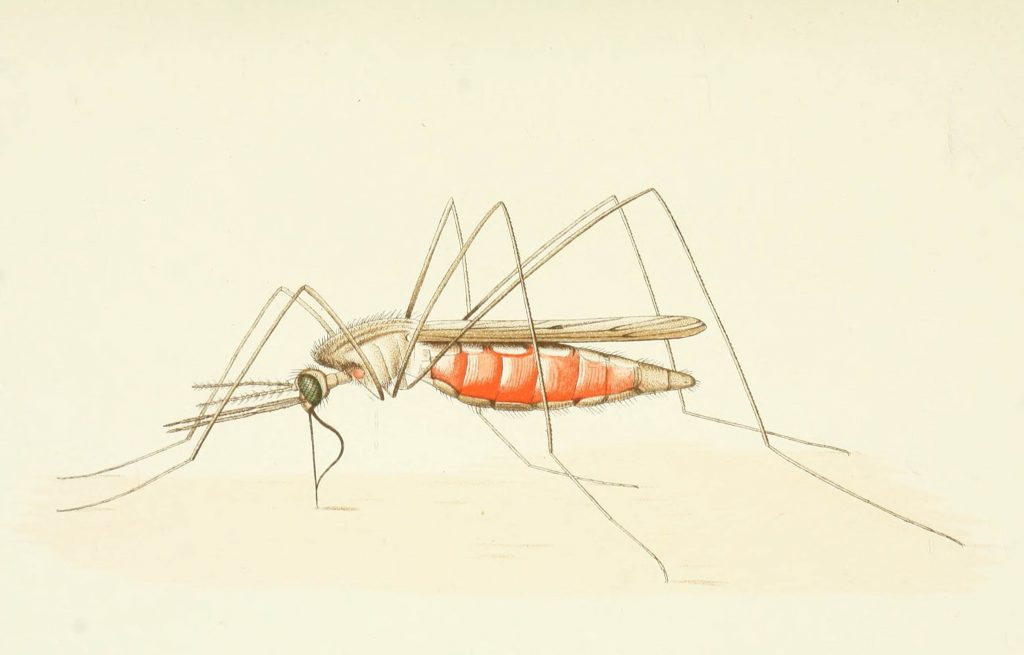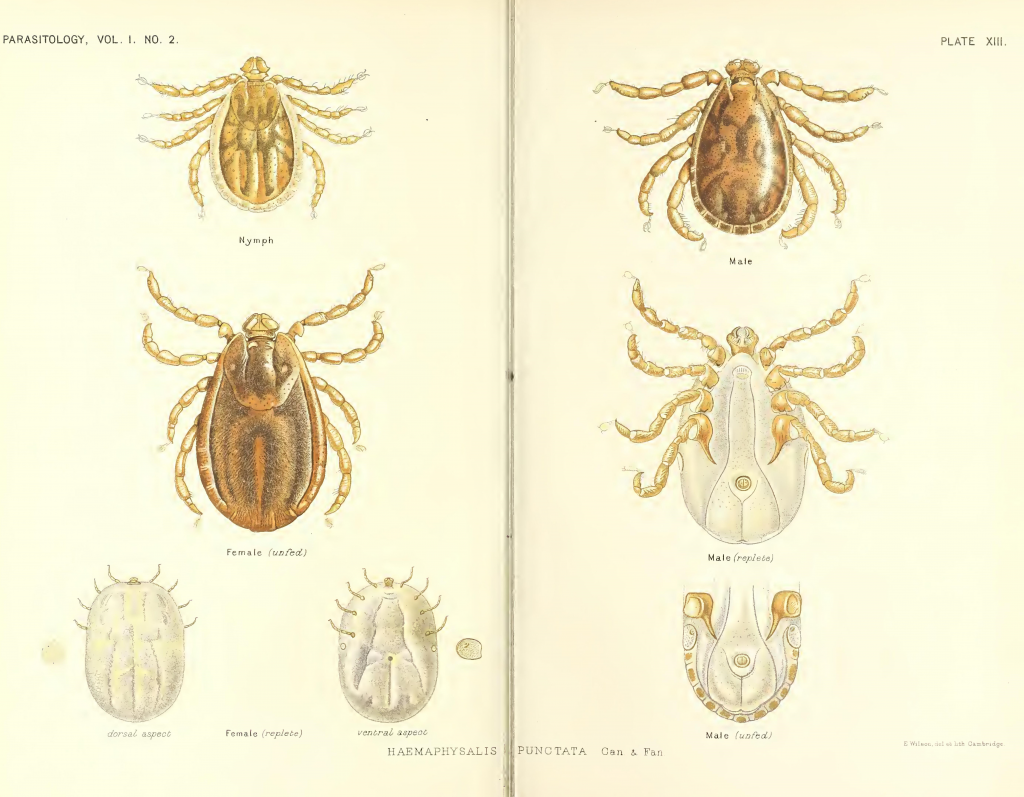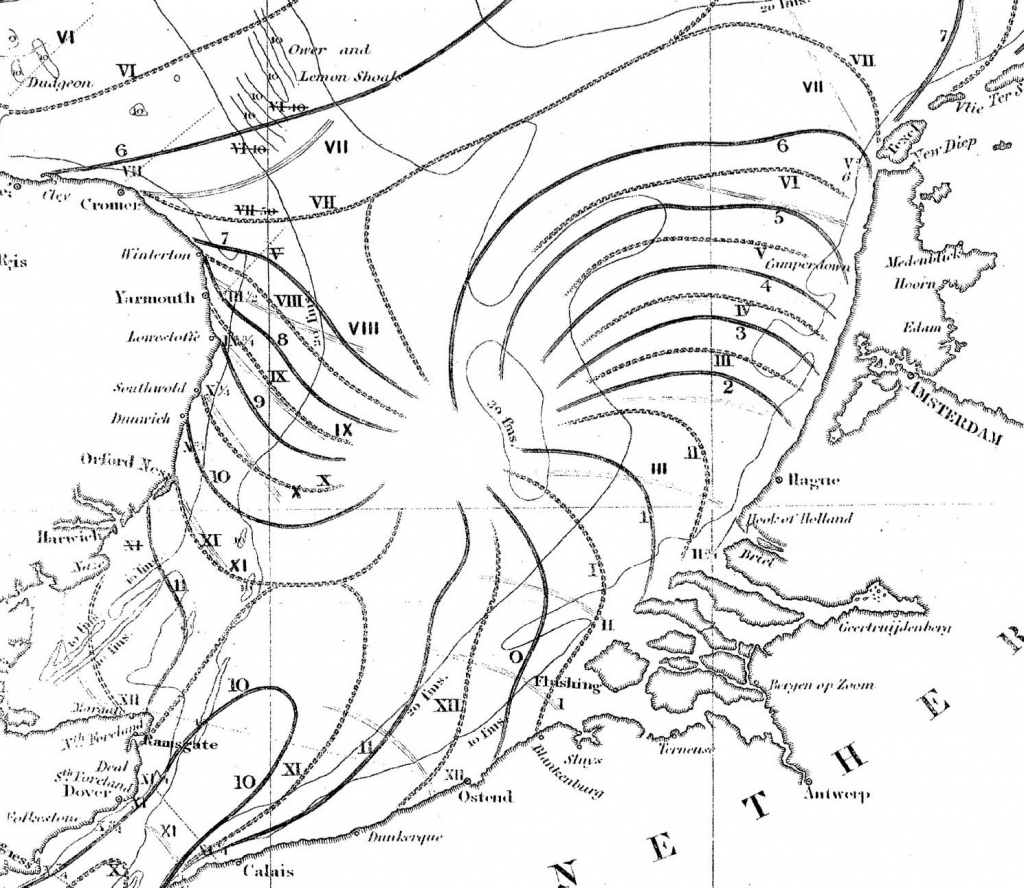
George Nuttall was one of the first to systematically investigate the role of arthropods (the group that includes insects and ticks) in transmitting diseases in humans and animals. He used both epidemiological methods, including distribution maps, as well as zoological methods, studying yhe anatomy and life-cycles of organisms. He published a series of papers on the role of the Anopheles mosquito in malaria, and then worked on tick-borne diseases, predominantly in animals.


Much of my work in patient assessment methods involved psychometrics, the study of the theory and methods of measurement. Fundemental to this is the idea of scales of measurement. In physical sciences these include length, temperature, and pressure. Temperature is historically nteresting. The classical view saw hot and cold as distinct, opposed, entities. Galen, in the late 2nd and early 3rd century CE experimented with mixing ice and boiling water to produce a “neutral” temperature. He then suggested four degrees of hot and four degrees of cold. To us it seems obvious that this corresponds to a single 9-point scale of temparature. but it was not until the 16th Century that this step was explicitly taken. In De Logistica Medica, published in 1578, the physician and theologian Johnn Hasler tabulated a nine-point temperature scale aligned to Galen’s categories. (left). He also sub-divided the points, implying that there was an underlying continuous scale, and aligned the temperature scale with degrees of latitude.
“The theory of tides is peculiar in the sense that the external forces giving rise to them are known wih great exactness, and the resultant phenomena can be observed without limit so far as the fringes of the oceans are concerned. Our reasoning powers fail, however, in connection with the intermediate stages and the movement of waters in the main oceans.” From The Admiralty Manual of Tides (1941) Page 198.
The study of tides in the open oceans did not befin until the 19th Century. The groundwork was laid by William Whewell (who coined the soer scientist). He worked with tidal observations from the coasts of the North Sea. He constructed charts showing co-tidal lines, that is lines joining points at which high water occurs at the same time. An example is shown on the right from his paper in Philosophical Transactions 126: 289-341. Whewell predicted that there should be a point at which there is neither rise nor fll of tide. This is now known as an amphidromic point.
The prediction was confirmed by the Admiralty surveyor William Hewett. The North SEa is a good location for this type of study, as it is shallow enough to anchor and take regular soundings with lead and line. Sadly Hewitt died in 1840 when his ship HMS Fairy was lost in a storm with all hands. His observations were safely on shore, and were also confirmed soon after.
